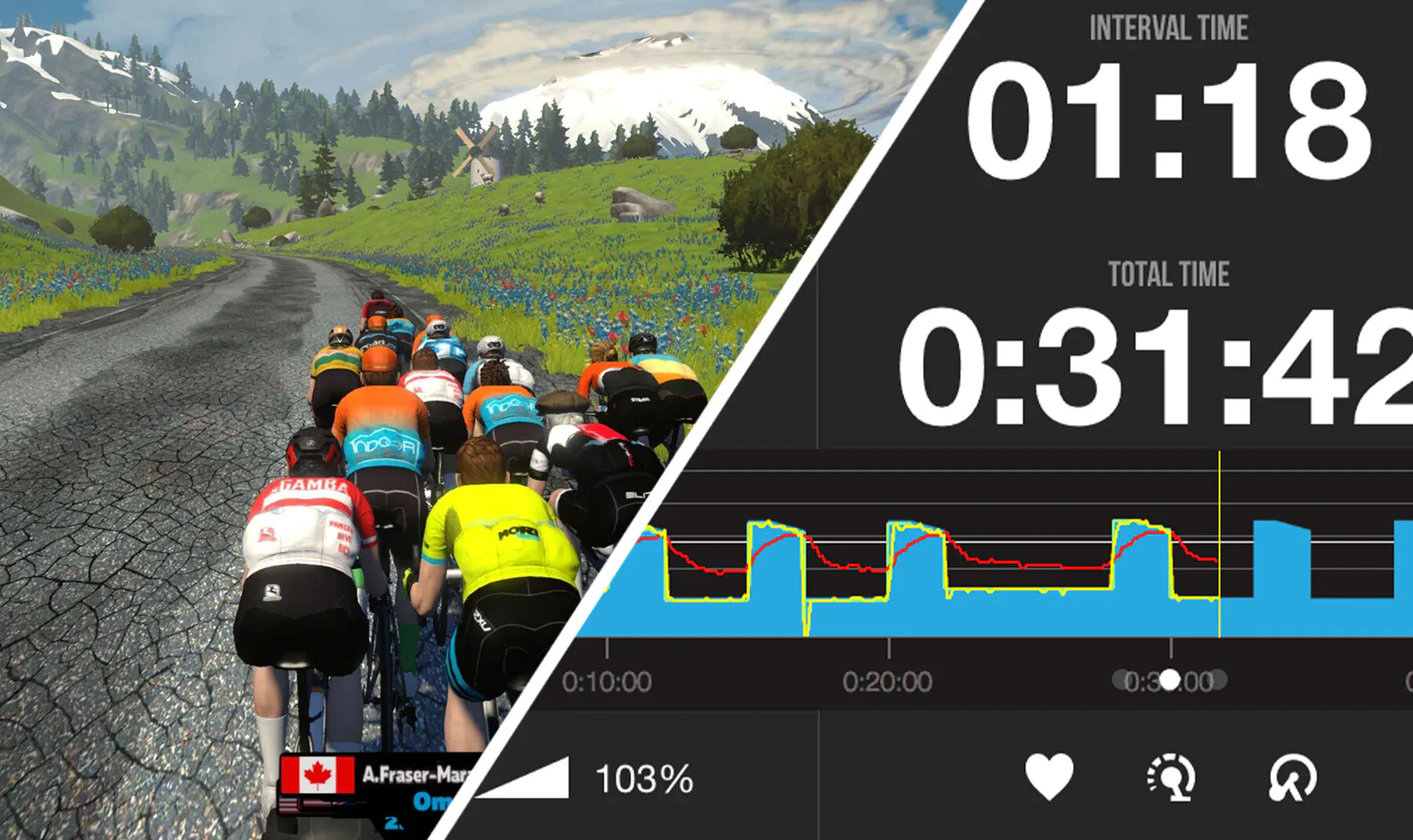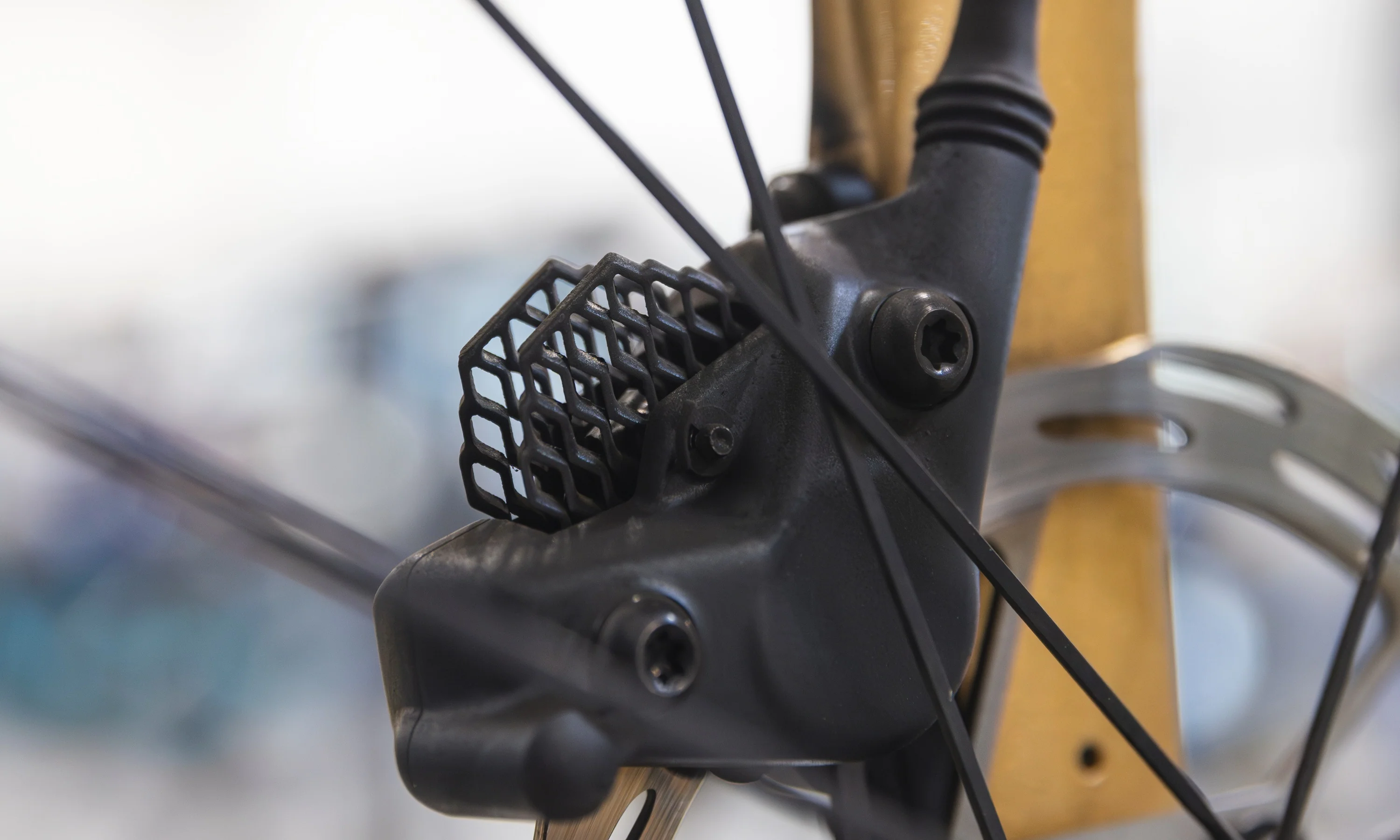Over time, the tubeless rim tape used in tubeless-ready wheels will degrade or get damaged. With the tire removed, you can visually inspect your tape for tears, holes, poor adhesion, or other issues. But usually, it's easy to tell that your tubeless tape needs to be replaced because your tire doesn’t reliably hold air, even with fresh sealant, or you can actually see or hear air and sealant leaking from the spoke holes.
Removing and installing tires actually wears out your tubeless tape, so I try to replace it every few tire changes. Fortunately, it’s super easy to do at home in a few minutes.
What’s the best tubeless rim tape?
Any basic tubeless rim tape you can find at a bikes shops will work. All tubeless tapes have a plastic-like quality that makes them airtight, and because it’s a consumable part with no major effects on performance, there’s no need to find “fancy” tape. The most popular tubeless tapes are made by Stan’s NoTubes, DT Swiss, And Whisky Parts Co. (In a pinch you can use Gorilla Tape, but it is a bit heavier and it’s super sticky so removing it later can be a mess.)
 Taping a 29mm internal rim with 33mm tape.
Taping a 29mm internal rim with 33mm tape.
The key with tubeless tape is that it needs to be about 2-5mm wider than your rim’s internal width. If you don’t know your internal rim width, you can look it up online or measure it with a pair of calipers. The tubeless tape needs to be slightly wider than the rim so it can contour to the channel in the middle of the rim and still reach both rim walls. It’s better to have it slightly too wide than too narrow. It can even go up the rim walls a little bit, that’s fine.
[product-block handle="whisky-parts-co-tubeless-rim-tape"/]
How To Tape A Tubeless Rim
1. Remove the tubeless valve and the old rim tape, and then clean the rim. I like wiping it down with a rag and some rubbing alcohol to ensure there’s no gunk that will prevent the tape from sticking.
2. To apply the tape, start on the side of the rim with the valve hole. Start taping about two spoke holes away from the valve hole, and then tape toward the valve hole to cover it.
 3. Hold the tubeless tape down with one hand, lightly stretch the tape, and lay it down in the center of the rim between the rim walls. Move bit by bit, continuously holding the tape down and lightly stretching it as you go.
3. Hold the tubeless tape down with one hand, lightly stretch the tape, and lay it down in the center of the rim between the rim walls. Move bit by bit, continuously holding the tape down and lightly stretching it as you go.
4. When you’ve made it all the way around the rim, keep going until you tape over the valve hole with a second layer of tape. Go two spoke holes past the valve hole so you have a nice amount of overlap and cut the tubeless tape.
 5. Go around the rim and give the tape a final firm press to make sure it's adhered to the rim. Don’t worry about small wrinkles or air bubbles in the tape as they won’t affect sealing. It won't as perfect as tubeless tape installed from the factory and that's fine.
5. Go around the rim and give the tape a final firm press to make sure it's adhered to the rim. Don’t worry about small wrinkles or air bubbles in the tape as they won’t affect sealing. It won't as perfect as tubeless tape installed from the factory and that's fine.
6. To re-insert the tubeless valve, use a blade to cut two slits in a cross shape at the valve hole. Then reinstall the tubeless valve.
You’re done! Install your tire, air up, and you’re good to go. An extra roll of tubeless tape is always a good thing to keep in your toolbox, and now you know everything you need to know to tackle any tubeless tape job at home.

























